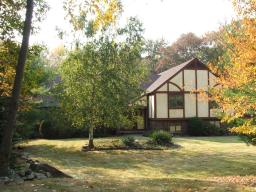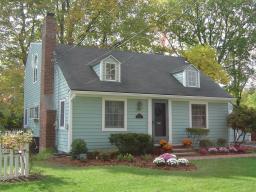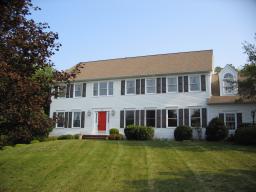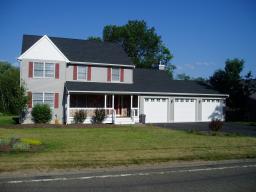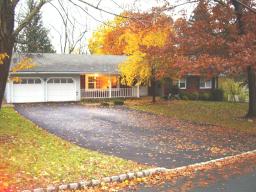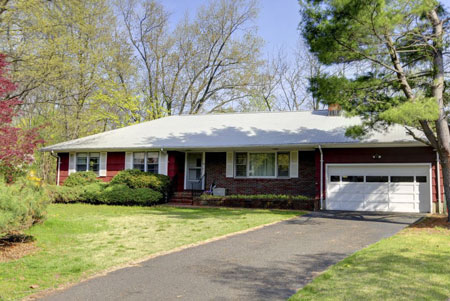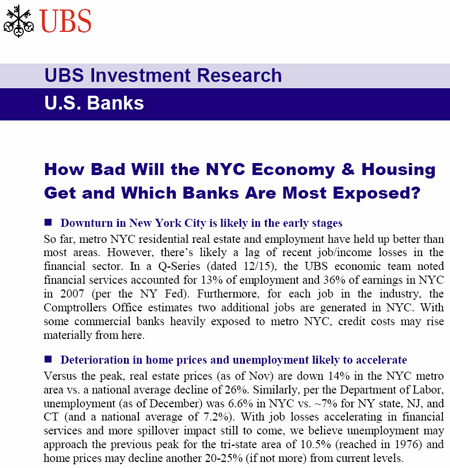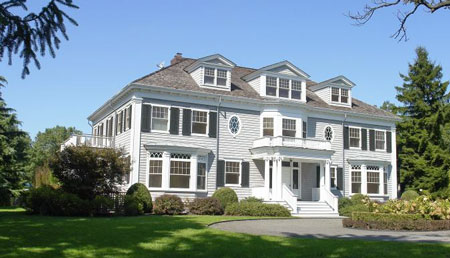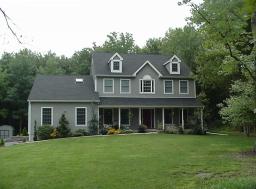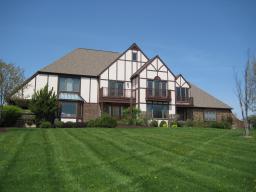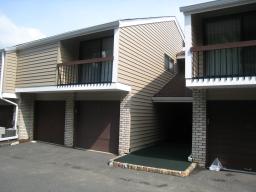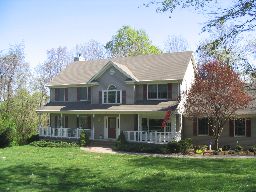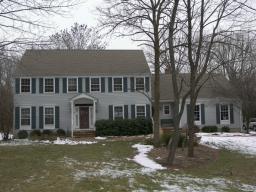Frankly, I don’t think home prices in the NY Metro Area will be hitting a bottom this year. From a timing perspective, the home price declines in the Northeast were running about a year behind home price declines in the West. From an economic perspective, we’ve only just begun to see significant job cuts in the area. In my opinion, we may see prices continue to fall for the next two years here, longer than the Q4 2009 prediction provided by Moody’s. We’ve not reached the necessary levels of affordability, which would require an approximate 30% drop from peak prices. But hey, even if you don’t believe me, listen to the experts. They are predicting nationwide prices to fall another 11% over the next year. The folks over at UBS are much more bearish than Moody’s, they are predicting that NY Metro Area prices “may decline 20-25% (if not more) from current levels”
So why jump in now? The sidelines still look like a very comfortable place to be while you wait for prices to come down even more.
If anyone has access to a copy of the report, I’d love to read it. I’d especially like to see the NY Metro area forecast. Just from skimming the wires, I know they’ve got some later dated “bottom” projections for some areas (I believe they are calling for a 2010 bottom in Florida), and I’ve got a feeling the Moody’s projection for NY Metro is further out than Q4 2009 as well.
From the AFP:
US home prices to hit bottom at year-end: study
The freefall in US housing prices that sparked a global economic crisis will ease by the end of 2009 but not before another leg down, resulting in a 36 percent slide, a study said Monday.
The report by Moody’s Economy.com said home prices in the 381 US metropolitan areas have already dropped an average of 25 percent, and will slide a further 11 percent before stabilizing.
“Notwithstanding the intensifying economic gloom, the bottom of the housing downturn is within sight for the nation,” said Mark Zandi, chief economist of Economy.com and an author of the report.
“Presuming we see strong action by policymakers to help support the economy and the housing market, prices will begin to recover by the end of this year.”
The study predicts that by the time the market correction is complete, it will have led to double-digit declines in 62 percent of the US metropolitan areas.
The overall economy may take even more time to recover, the report said.
From Bloomberg:
U.S. Housing Market May Bottom in 2009, Zandi Says
U.S. home prices will reach bottom by the end of the year, concluding a slide that will have cut values 36 percent, Moody’s Economy.com said today.
…
U.S. home prices will fall another 11 percent on average before stabilizing, according to Moody’s Economy.com. The Case- Shiller home price index will fall 36 percent from its 2006 peak to the bottom this year, Zandi’s study said.About 62 percent of U.S. metropolitan areas surveyed will record double-digit declines in home prices by the end of the slump, according to today’s report. Prices will fall more than 50 percent in former boom areas such as southeast Florida and parts of California, including Riverside.



